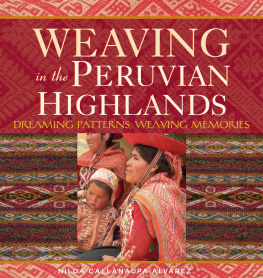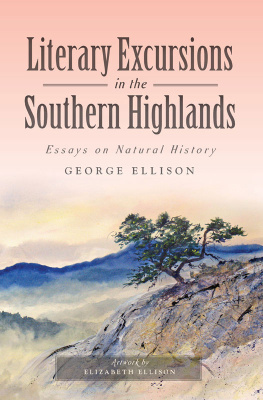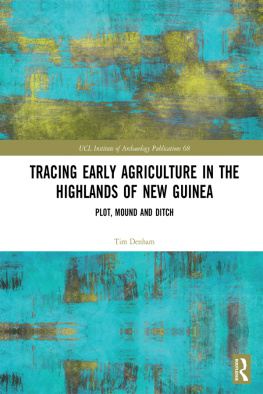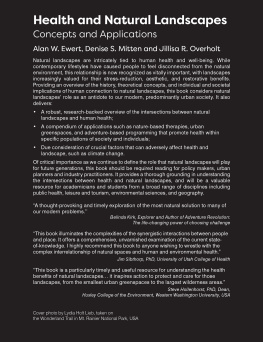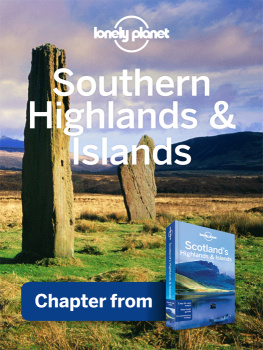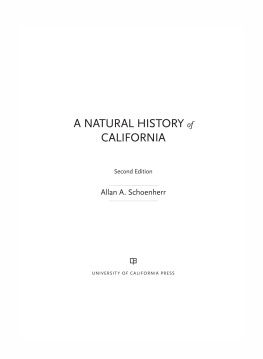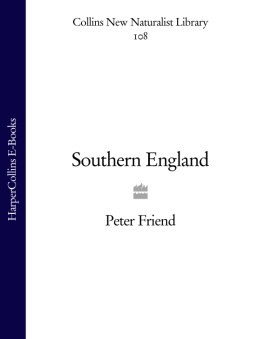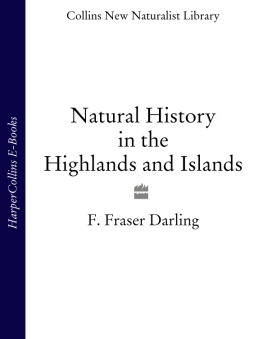

THE TRAPROCK LANDSCAPES OF NEW ENGLAND
A DRIFTLESS CONNECTICUT SERIES BOOK
This book is a 2016 selection in the Driftless Connecticut Series, for an outstanding book in any field on a Connecticut topic or written by a Connecticut author.
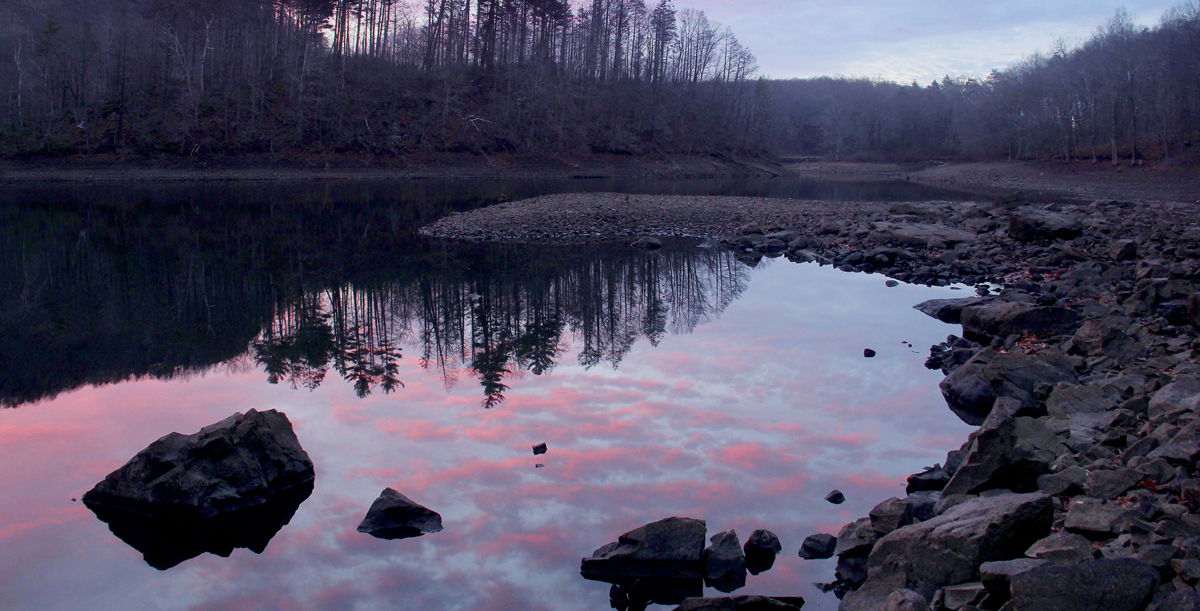
Peter M. LeTourneau PHOTOGRAPHS BY ROBERT PAGINI
The Traprock Landscapes of New England
ENVIRONMENT, HISTORY, AND CULTURE
Wesleyan University PressMiddletown, Connecticut
Wesleyan University Press
Middletown CT 06459
www.wesleyan.edu/wespress
Text 2017 Peter M. LeTourneau
Photographs Robert Pagini
All rights reserved
Manufactured in the United States of America
Designed by Mindy Basinger Hill
Typeset in Electra LT Standard
The Driftless Connecticut Series is funded by the Beatrice Fox Auerbach Foundation Fund at the Hartford Foundation for Public Giving.
Images available from Robert Pagini Photography.
Contact .
Library of Congress Cataloging-in-Publication Data
NAMES: LeTourneau, Peter M. | Pagini, Robert.
TITLE: The traprock landscapes of New England: environment, history, and culture / Peter M. LeTourneau and Robert Pagini.
DESCRIPTION: Middletown, Connecticut: Wesleyan University Press, 2016. | Series: Driftless Connecticut series | Includes bibliographical references and index.
IDENTIFIERS: LCCN 2016032965 (print) | LCCN 2016044992 (ebook) | ISBN 9780819576828 (pbk.: alk. paper) | ISBN 9780819576835 (ebook)
SUBJECTS: LCSH: LandscapesConnecticut River Valley. | Natural historyConnecticut River Valley. | Connecticut River ValleyHistory.
CLASSIFICATION: LCC QH76.5.C8 L38 2016 (print) | LCC QH76.5.C8 (ebook) | DDC 333.7209746dc23
LC record available at https://lccn.loc.gov/2016032965
5 4 3 2 1
Cover photo: Alpenglow, Robert Pagini.
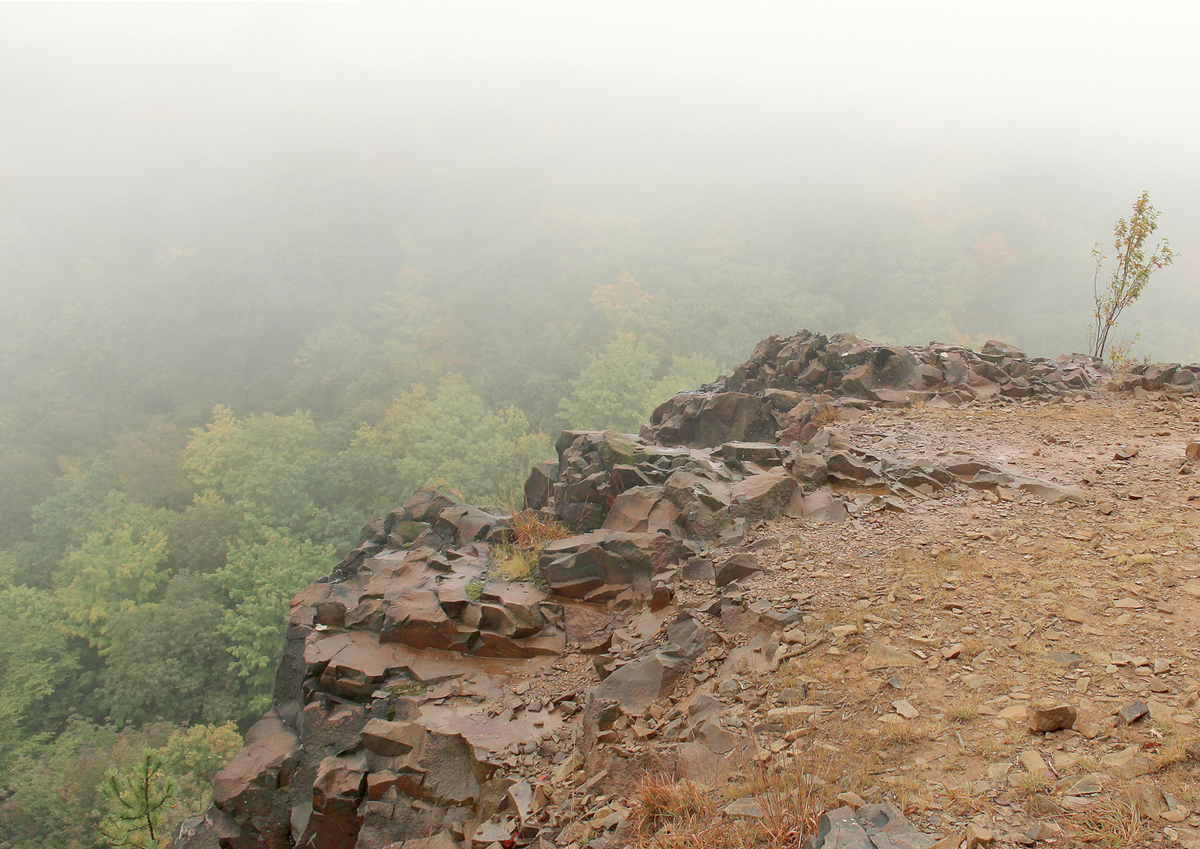
For Jelle Zeilinga de Boer (19342016),
Harold T. Stearns Professor of Earth Science, Wesleyan University,
BELOVED TEACHER, MENTOR, AND FRIEND
and to our children and grandchildren,
who will inherit the earth we leave behind:
ANNIE, JEFFREY, KEVIN, EMMA, AND KAITLYN
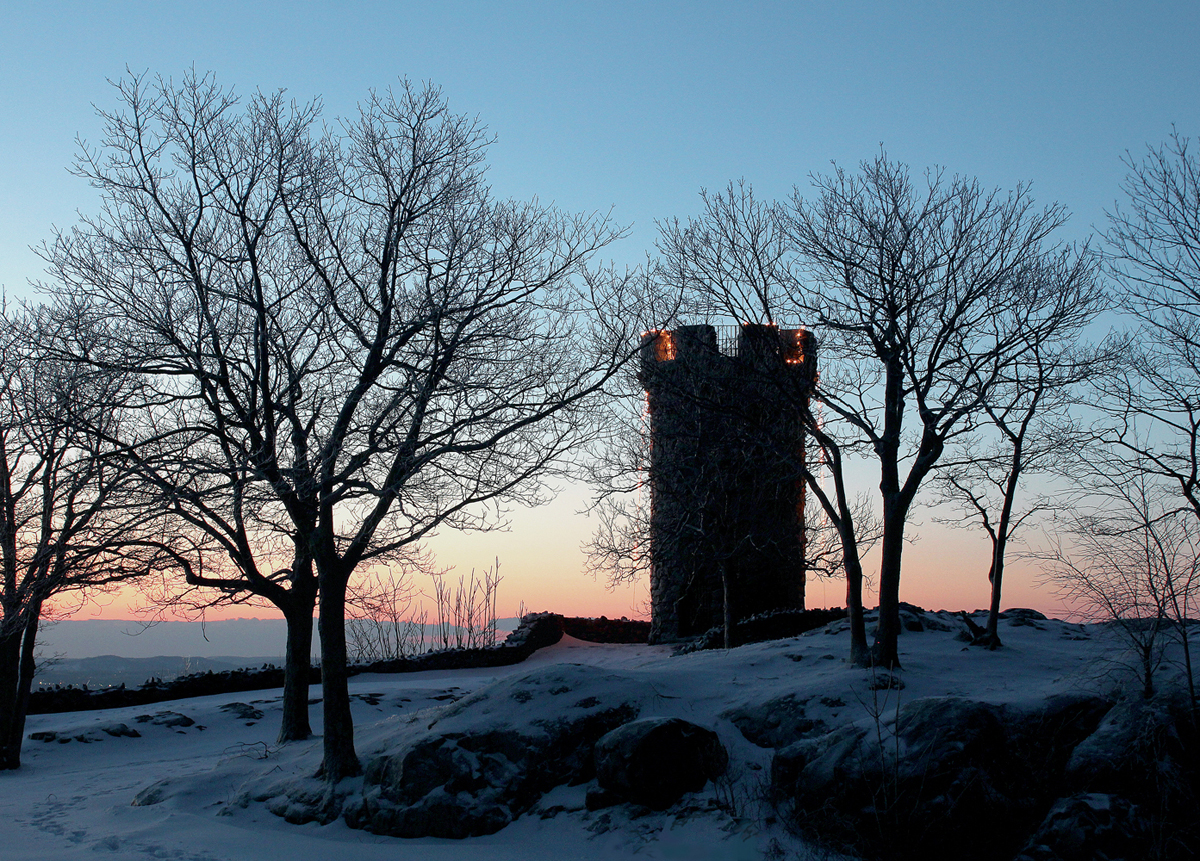
CONTENTS
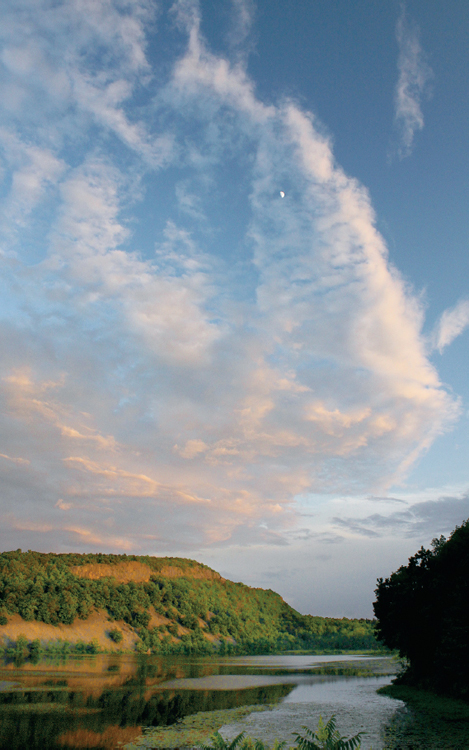
Sunset lights up the cliffs of Beseck Mountain at Black Pond State Fishing Area, Middlefield, Connecticut.
PREFACE
This book is our love letter to a landscape and a call for action. We were both born in Meriden, Connecticut, and have lived all, or most, of our lives surrounded by the magnificent traprock crags of the central Connecticut Valley. The Hanging Hills, Mount Lamentation, Chauncey Peak, Mount Higby, and Beseck Mountaindominating the local skylineenticed us into countless youthful adventures among their peaks and ledges. These formative experiences motivated us to pursue separate careers in environmental science and the fine arts, following in the footsteps of scientists and artists who had studied and painted the traprock hills for more than one hundred years. As we practiced our respective crafts, the traprock ridges continued to whisper, speak, and sometimes shout: Remember, respect, and protect us. So we returnedcountless times spanning decadesto photograph, paint, research, write, lead tours, and lecture on the most stunning landscapes in southern New England.
After half a lifetime exploring, studying, and photographing the traprock highlands, we finally paused long enough to assemble our pictures and thoughts into this celebration. We hope that this book will inspire you to visit these landscapes of national significance for the first time, or return after a long absence.
Thank you for joining us on our tour through the traprock hills. Please support the conservation organizations managing the parks, preserves, and trails in the traprock highlands, including the Meriden Land Trust, Berlin Land Trust, Simsbury Land Trust, Ragged Mountain Foundation, Sleeping Giant Park Association, Peters Rock Association, Friends of East Rock Park, Friends of the Mount Holyoke Range, the Nature Conservancy, Connecticut DEEP, Massachusetts DEC, and the Trustees of Reservations; and, especially, the Connecticut Forest and Park Association.
The authors are extremely grateful to the Beatrice Fox Auerbach Foundation Fund at the Hartford Foundation for Public Giving, and to Catherine Lapollo, for their generous funding in support of publication.
The following libraries provided essential reference material: the Libraries of Columbia University; Thomas J. Watson Library and Nolan Library, Metropolitan Museum of Art; the Patricia D. Klingenstein Library, New York Historical Society; the New York Public Library, especially the East 96th Street Branch, William Siefert, Manager; Olin Library, and the Science Library, Wesleyan University; Meriden Public Library; the New Haven Museum; the New Britain Museum of Art; the National Academy of Design, New York; the Connecticut State Library.
This project was supported and encouraged by many, including: Nick McDonald, Westminster School (ret.); Jelle Zeilinga de Boer, Wesleyan University; Dr. Paul E. Olsen, Columbia University; the Connecticut Landmarks Foundation; Jim Little, Connecticut Forest and Park Association; Gini Traub, Massachusetts DEC; Deborah Woodcock, Clark University; Elizabeth Farnsworth, New England Wildflower Society; Uwe Neiring, National Park Service (ret.); and Teresa Gagnon, Connecticut DEEP.
The authors especially thank Parker Smathers, Suzanna Tamminen, Jaclyn Wilson, and Marla K. Zubel at Wesleyan University Press; Cannon Labrie; and Susan Abel and Mindy B. Hill at the University Press of New England for their efforts on behalf of this project.
The authors are grateful to Bobs wife, Marcie Pagini, for her endless support and encouragement, including many hours of stimulating discussion about local history, and exciting field walks on the traprock hills. Peter is indebted to his dad, Lawrence, for taking him on his first hike up Chauncey Peak and instilling a love of nature, science, history, and art; Bob Pagini for his outstanding efforts on this project; and Annie, Peters shining star, for absolutely everything.
NOTE ON TERMINOLOGY AND USAGE
Nearly all the geographic locations and topographic features discussed in this work are found in Connecticut and Massachusetts. Therefore, to spare the reader the tedious repetition of the state names, the author assumes that the reader will refer to the included maps, and has, or will gain, a passing knowledge of the major towns and cities in the Connecticut Valley. Thus, it is obvious within the geographic context that Springfield refers to the city in Massachusetts, and New Haven to the coastal city in Connecticut.
The early Connecticut Valley settlers referred to the alluvial terraces bordering the major rivers as intervales. With easily worked, fertile, and well-watered soils, the intervales were important to the agricultural success of both the Native Americans and the Euro-Americans in the Connecticut Valley. The Connecticut Valley intervales rose to prominence as the most productive soils in the nation, a reputation based on high yields of grass and grains, and, beginning in the mid-nineteenth century, shade-grown and broadleaf tobacco. The term
Next page

